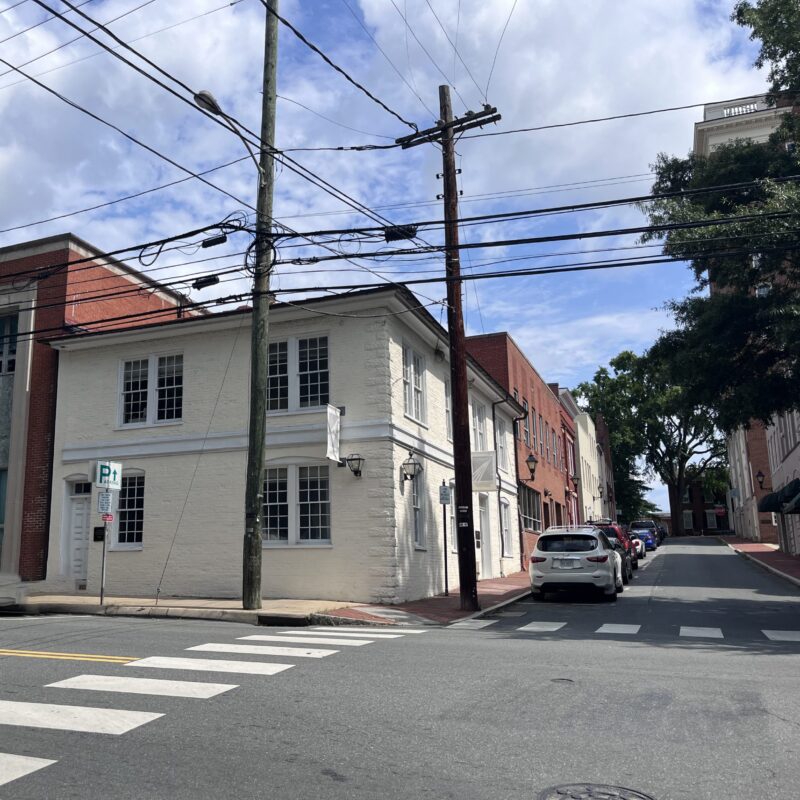|
|
Sure, Charlottesville has seen the top of plenty of best-of lists. But recently the area ranked No. 1 in a study [A PDF version of the study is available here] that’s one ugly black eye for the community. According to the National Community Reinvestment Coalition (NCRC), African Americans in Charlottesville received high-cost loans 3.9 times more frequently than white borrowers, which ties it with Durham, North Carolina, as having the worst discrepancy of the 171 metro areas surveyed.
The study also found, counterintuitively, that the disparity increases at higher income levels. Presumably wealthier borrowers have better credit—regardless of race—but the study showed that higher income did not protect minority borrowers from high-cost loans.
Karen Reifenberger of the Piedmont Housing Alliance (PHA) says the study’s general information comes as no surprise to her. "It echoes similar information that the Federal Reserve and the U.S. Department of Housing and Urban Development has in previous studies," she says. "What is shocking is that Charlottesville ranks the worst." Reifenberger says she doesn’t know what the factors are for the city’s lending discrepancy.
Joshua Silver of NCRC says two main factors drive such disparities. "One is the unfortunate reality of discrimination in the marketplace," he says. "Secondly, in a number of instances lenders aren’t trying hard enough in working-class minority neighborhoods. Over the last few decades you’ve seen an exodus of local bank branches. All you often see is the high-cost mortgage providers, or the payday lender or the check cashier. These fringe lenders are the ones really hustling."
But one of the most important—and ingrained—factors leading to Charlottesville’s lending discrepancy is the city’s racial segregation. He cites a correlation between the degree of segregation and the amount of high-cost loans. "We’ve found in other work that as the level of segregation increases, so does the amount of high-cost loans to minority neighborhoods."
With the boom of foreclosures on subprime loans, Reifenberger says the bulk of PHA’s financial counseling has shifted from prepurchase to foreclosure.
Not surprisingly, the Mortgage Bankers Association dismissed the study as over-simplifying a complex issue, pointing out NCRC didn’t take factors other than income into consideration. But Silver points to a 2004 NCRC study that had other factors, such as debt-to-income ratio, and down payment size. When the previous study was controlled for these factors, the disparities remained.
"If we had the enhanced data, all the stakeholders could really get to the bottom of this," Silver says about the newest study. "Guess who’s been opposing us getting this data? The Mortgage Bankers Association."
C-VILLE welcomes news tips from readers. Send them to news@c-ville.com.






